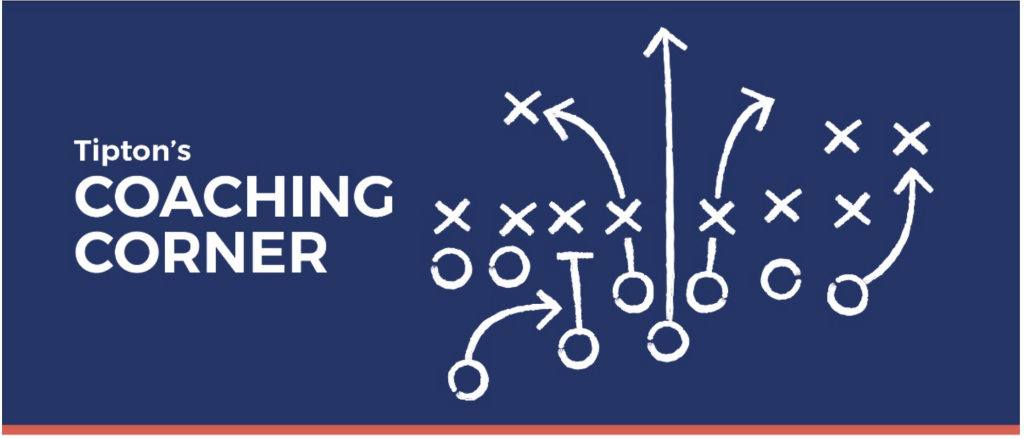
The SE13 examples focus on demonstrating nurse actions to provide culturally and/or socially sensitive care to patients. The ANCC Magnet® Application Manual glossary definition of culturally and socially sensitive care provides some insight into the key required elements for SE13 (see page 188). The definition emphasizes that culturally and socially sensitive nursing care requires self-reflection and self-critique, acknowledging one’s own biases and limitations while approaching others with openness and respect to understand their cultural identities and perspectives (i.e., cultural humility). In our experience, the SE13 examples work best when they can demonstrate a nurse(s) going “above and beyond” the hospital’s typical approach to accommodate a patient.
Here are our tips on determining stories to select for SE13 and how to write an effective exemplar.
Identifying a Good SE13 Example
If you’re having difficulty selecting stories for SE13, we recommend starting by considering any specific cultural and/or social needs in your organization’s patient population.
Patient Population Cultural Needs: Identify the cultural needs specific to your hospital’s patient population. Examples of cultural needs in healthcare may include preferred language and communication, dietary preferences, religious practices, beliefs about family roles and decision-making, preferences for gender or other personal characteristics in caregivers, views and practices related to end-of-life care, and the use of complementary, alternative, or traditional healing practices. Addressing these needs can improve patient trust, satisfaction, adherence to treatment plans, and overall health outcomes. As a resource, your hospital might have a committee, council, or advisory group that focuses on the cultural needs of patients in the communities within your service region.
Patient Population Social Needs: Identify social needs specific to your patient population. Healthy People 2023 describes social determinants of health (SDOH) as the non-medical factors that significantly influence a person’s health and well-being. Examples include a lack of access to nutritious food, unstable or unaffordable housing, and a lack of reliable transportation. Other examples include needs for consistent residential utilities, economic security, personal safety, safe or inclusive community environments, social isolation, and adequate social support. These non-medical factors significantly affect health outcomes. For instance, people who lack access to nutritious foods may not be able to adequately manage chronic diseases like diabetes, and those in unstable housing situations often have worse health. If your hospital participates in the Centers for Medicare and Medicaid Services pilot program, you might address SDOH and health-related social needs (HRSN) to help achieve health equity, which improve patient experience in three ways: 1) screening for SDOH/HRSN and referral to community resources and other social services to address individual needs, 2) addressing SDOH/HRSN in specific areas of care, such as maternal health, and 3) providing patients access to care navigators, community health workers, and other professionals who can connect patients with community resources to meet their SDOH/HRSN. In addition to SDOH screening of patients, state, local, and hospital community health needs assessments (posted publicly) can help identify the SDOH/HRSN vulnerabilities of patients in the communities within your service region.
Writing a Strong SE13 Example
SE13 requires two examples of a nurse or a group of nurses delivering culturally or socially sensitive care. Note that SE13 example B must be in an ambulatory care setting. To craft a strong SE13 example, weave a narrative that centers on the nurse’s(s’) actions and expertise with a focus on three key elements:
- Select a story of a specific patient with a clear social or cultural need.
- Clearly describe the nurse(s) specific actions that demonstrate their delivery of culturally and/or socially sensitive care.
- Include evidence that supports the nurse’s(s’) actions to deliver culturally or socially sensitive care, such as redacted EMR notes.
Avoid These Pitfalls
In our experience, the most common challenges in meeting SE13 criterion include providing a generalized example of how the hospital provides care to a patient population instead of a patient-specific narrative and providing descriptions/evidence of non-nursing team members (such as physicians) providing care. While it is important for all care team members to provide care that meets the patient’s needs, only a narrative with evidence that supports delivery of care by the patient’s nurse(s) will meet intent for this example. In our experience, this example is also strongest when it demonstrates the needs of a specific patient and how the nurses met the needs of this one patient, rather than describing how the hospital cares for a patient population in general.
Since this example uses a patient specific story, be sure to check your narrative, supporting evidence, and evidence file titles for information that could be linked back to patient and redact this protected health information (PHI), such as name, DOB, medical record number, room number, encounter number, etc.
